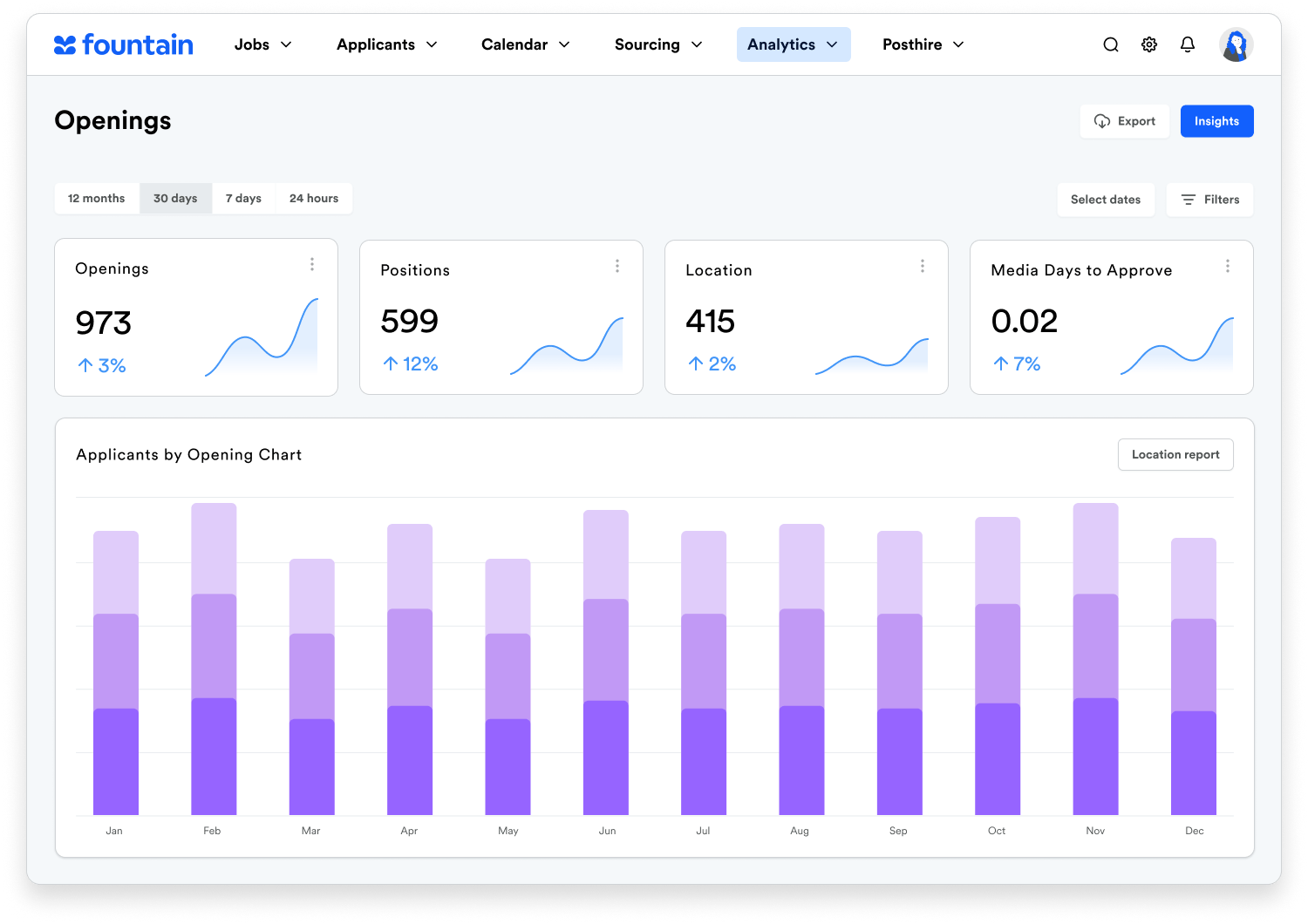As the Great Resignation rages on, it’s more important than ever to devise a bulletproof retention program for your hourly employees. In November 2021 alone, 4.5 million Americans quit their jobs; more than that, a study by Mercer found that low-wage, frontline, minority, and lower-level employees are the most likely to want to leave their roles. This means there is absolutely no time to spare when it comes to thinking critically about your hourly employee retention strategy.
Keep reading for tips on how to build a viable retention program to keep your hourly employees during the Great Resignation.
Prioritize Mental Health to Combat Job Burnout
Job burnout is a type of extreme exhaustion that comes from work-related stress and is no doubt a major contributing factor to the “Great Resignation”. When it comes to hourly, frontline work, it’s not hard to see why many people are completely drained from their jobs, especially when considering the rise in challenges due to ever-changing consumer demand.
To address rampant job burnout among hourly employees, organizations must invest in comprehensive mental health services for their employees. Hourly employers should consider opting for employee healthcare plans that include coverage for things like therapy and psychiatry. Additionally, employers should try to provide access to apps like Headspace or Calm to drive home the importance of unwinding after a stressful day.
Finally, as much as possible, hourly employers should allow employees to take mental-health days as necessary. While this may not always be feasible, it’s extremely important to show employees that you care more about their wellbeing than your bottom line.
Develop Career Paths for Hourly Employees
After nearly two years of the COVID-19 crisis, many employees are having a hard time seeing the light at the end of the tunnel, particularly when it comes to their careers. If a worker doesn’t see a clear path to a more elevated or higher-paying position at your company, they will look elsewhere.
Spend time with your HR team to define career paths for your hourly employees. Start by meeting with hourly workers to better understand what types of roles they’d like to transition into in the future. Once you’re done with your research, communicate to current employees possible career paths within your organization and tangible steps they can take to get there. Offering clear trajectories to advancement can make all the difference during a time in which people are leaving their jobs right and left.
Offer Flexible Schedules
In a recent survey of over 2,800 frontline workers conducted by OnShift, 25% of those polled listed flexible schedules as a top perk. With so much change around how and when people work over the past two years, flexible scheduling has moved from a nice-to-have to a requirement for many hourly employees.
Simply put, if you can’t offer flexible hours to your frontline employees they will seek this benefit somewhere else. Beat your competition to the punch by implementing flexible scheduling ASAP. A perk like this will not only help you retain workers but can even attract new employees during the Great Resignation.
During this critical moment in the job market, it’s important to think critically about your retention program for hourly workers. With employees quitting their jobs at record-breaking rates it’s time to rethink everything you know about retention and implement some fresh new ideas. We hope these three tips will help point you and your HR team in the right direction!

 Feb 03 2022
Feb 03 2022
